ePhoto Book: Light Fall
30/06/13 17:23 Filed in: Photography & Art

The light on photographic safaris, wildlife photography courses and team building photographic safaris is very different depending on the region, the time of the day and the weather, yet it is in all its appearances beautiful.
Enjoy light fall. View the ephoto book here.
Ute Sonnenberg for www.rohoyachui.com
On Photo Safari: Water
29/06/13 17:21 Filed in: Phographic Safari Tips

What do you think of when you hear “water” in connection with photographic safaris, wildlife photography courses and team building photographic safaris? Yes, there is the water in the Okavango Delta you can drive through and rivers along your game drive routes, but the most important you should think of in connection with water is, drinking water.
Have always bottled water with you when you are out in the bush to avoid dehydration. It can sneak up on you and when you get the headache and stomach cramp it is already serious. Keep drinking water and you will enjoy fabulous game drives.
Happy snapping!
Ute Sonnenberg for www.rohoyachui.com
Esentials 10: Photography is more than Technology
28/06/13 17:20 Filed in: Essentials Photography

It is wonderful to have a fantastic camera equipment and getting it for special trips like photographic safaris, wildlife photography courses and team building photographic safaris is really great, but there is more to photography than technology.
Just like with computers the camera gear is only as good as the person using it. Get to know your camera, practice a lot and train your eye. Your camera does not see for you, unless you want automated images, but are they then yours? Learn to see, compose and work with light and your camera will capture your art for you.
Happy snapping!
Ute Sonnenberg for www.rohoyachui.com
Essentials 9: Travel Light
27/06/13 17:19 Filed in: Essentials Photography

Going on fly-in photographic safaris, team building photographic safaris and wildlife photography courses makes one thing much easier, travelling light. The safari flights have a baggage allowance of 15 kg for the entire baggage including hand luggage and photo equipment. This might cause immediately a shock to the owners of beautiful fixed 400mm and 500mm lenses, but it actually helps making your live easier.
Travelling with too much photo gear can limit you in your flexibility and not only on game drives. When you walk through Paris, you don’t want to carry lots of equipment with you. You would be too exhausted to focus on the actual photography.
Travel light, only take what you really need. Free yourself.
Happy travelling!
Ute Sonnenberg for www.rohoyachui.com
Essentials 8: Its Often You and Not the Gear
26/06/13 17:18 Filed in: Essentials Photography
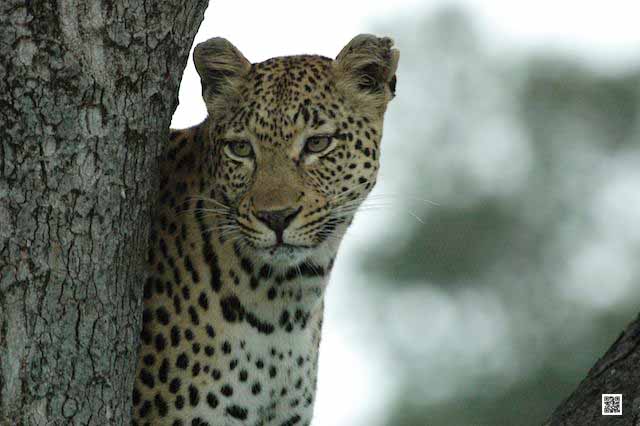
Who hasn’t experienced it, that getting angry at a thing like a computer, car or hairdryer only to end up damaging an innocent item and getting even more frustrated.
That happens on photographic safaris, wildlife photography courses, team building photographic safaris, wedding photo shoots, family occasion shoots and all other photographic opportunities all the time. Mostly all with the same essence, it was not the gear, it was the photographer.
When such a situations occurs, make a step back, and if it is only imaginary, look at the situation from the distance and start seeing the solution. It will be healthier for the camera gear and yourself and the images will be just stunning.
Happy snapping!
Ute Sonnenberg for www.rohoyachui.com
Essentials 7: Do Not Erase Too Quickly
25/06/13 17:17 Filed in: Essentials Photography
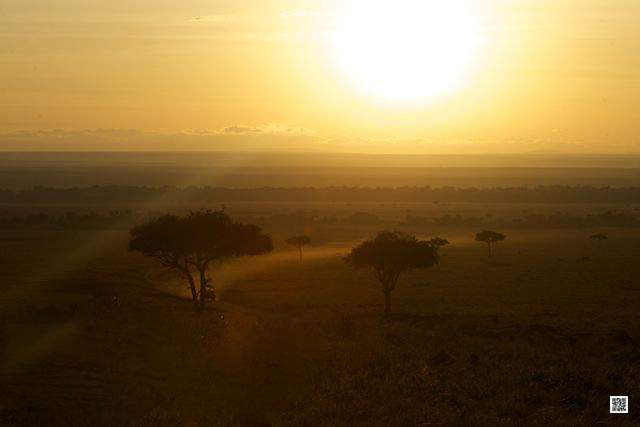
It is a reoccurring sight on photographic safaris, team building photographic safaris and wildlife photography courses that guests do a big clean up of their images immediately when they are back at the lodge, or even when being still on the vehicle.
Sounds familiar? Stop yourself doing that. In the first place the images shown on the screen of the camera are poor quality and the screen is too small to get a good impression. Second, you might think you don’t like the image right now, but it might be exactly the image you’ll need for a photo book in the future.
Do not erase too quickly. It depends very much on the situation and the purpose, if the image is suitable or not.
Happy snapping!
Ute Sonnenberg for www.rohoyachui.com
Essentials 6: Find Your Preferred Setting Tool
24/06/13 17:15 Filed in: Essentials Photography

Many of the smaller cameras and the SLR cameras offer the choice between M for manual, A for aperture priority, S (or T) for shutter speed priority and P for (programmed or) ISO priority. The guests on photographic safaris, wildlife photography courses and team building photographic safaris often ask which of them they should use for which situation. The answer is, that it depends on what suits the user the most, on which what can the user connect the best.
We can all drive a car (at least almost all), but we prefer different ways of driving. One is good in off road driving, another good in driving in sand and again another good in driving on race circuits. It depends on talent, skills and preferences of the driver.
It’s the same with the camera settings. Some can work best with shutter speed and others work great with aperture. Find out where your strength lies and choose the manual setting that suits you best.
Happy snapping!
Ute Sonnenberg for www.rohoyachui.com
ePhoto Book: Captured Heat
23/06/13 17:14 Filed in: Photographic Safari

Tsavo West National Park is on volcano ground and a popular destination for photographic safaris, wildlife photography courses and team building photographic safaris.
It can get very hot there and one can get the feeling of being in an oven. Nontheless it is a beautiful park with dramatic landscapes and fabulous views on Mt. Kilimanjaro.
View the ephoto book here.
Happy travelling!
Ute Sonnenberg for www.rohoyachui.com
On Photo Safari: It can be cold
22/06/13 17:09 Filed in: Phographic Safari Tips
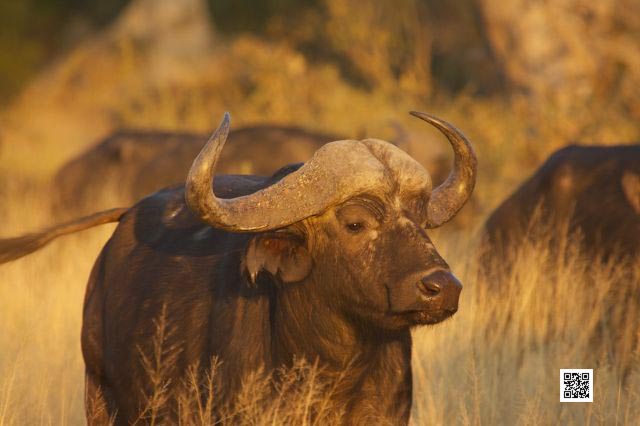
Africa is a continent with lots of sun, but it can be cold too.
People on photographic safaris, wildlife photography courses and team building photographic safaris are often completely surprised how cold it can be, especially in Southern Africa, where in winter the temperature can drop to 0 degrees at night.
It is advised when traveling during June, July and August to Botswana, Namibia and South Africa to bring a warm jacket, gloves, a warm hat and a scarf. You will appreciate it!
Happy travelling!
Ute Sonnenberg for www.rohoyachui.com
Essentials 5: Your Camera Manual Does Not Teach Photography
21/06/13 17:08 Filed in: Essentials Photography

Many guests on wildlife photography courses, team building photographic safaris and photographic safaris complain that they don’t understand the manual of their camera and that they refuse using it.
The not understanding often comes from a misunderstanding what a camera manual is. A camera manual assumes that the user knows what aperture, shutter speed and ISO are and how they interact. So, the manual is using these terms in order to explain the camera functions and buttons, but does not explain them. And there it goes wrong for many guests. It feels like reading Chinese.
To avoid that just look up the photography terms on the Internet, to understand what they are about and then enjoy the manual.
Happy snapping!
Ute Sonnenberg for www.rohoyachui.com
Essentials 4: Have Your own Default Setting
20/06/13 17:07 Filed in: Essentials Photography

It often happens when we are on photographic safaris, team building photographic safaris and wildlife photography courses that we head out in the morning and some wonder why their photos look so weird. In 99% of the cases the guests had still the settings form the evening before on their camera.
Depending on what kind of photography you do the most, have your default settings you go back to when you had to change them. From there start again to adjust to the new circumstances. Otherwise you might miss great photo opportunities.
Happy snapping!
Ute Sonnenberg for www.rohoyachui.com
Essentials 3: Connect with the Light
19/06/13 17:06 Filed in: Essentials Photography

There is plenty of photography advice available on the Internet including camera settings for several photography situations. Now people look up the settings and start photographing with it, wondering why only a few photographs are good and the rest is not. The answer is simple. The light determines the camera settings and the light is everywhere different and changing by the moment. One got to connect with the light and always keep communicating with it in order to get great images.
Imagine guests on photographic safaris, wildlife photography courses and team building photographic safaris would use settings they found on the internet, posted there by a photographer in new Jersey. The light in New Jersey is different from the light in the Masai Mara and it would just not work.
Happy connecting!
Ute Sonnenberg for www.rohoyachui.com
Essentials 2: Work with the Focus Points
18/06/13 17:05 Filed in: Essentials Photography
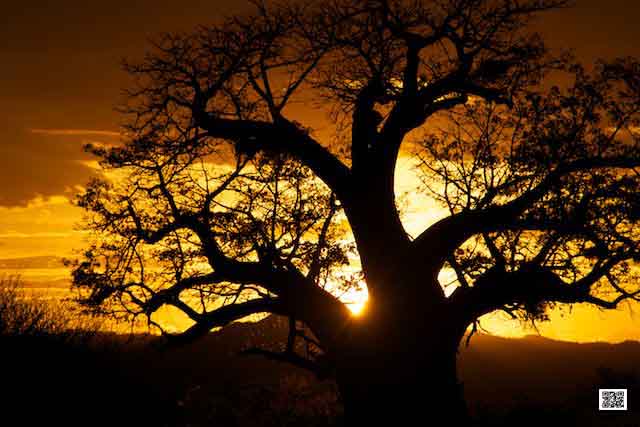
One of the biggest disadvantages of photographing on automatic settings is, that the function “choice of focus point” is not available.
On wildlife photography courses, team building photographic safaris and photographic safaris working with the focus points is essential and practiced a lot. Imagine a lion lying in the grass. The automatic setting will focus on the grass and not on the face of the lion. To get it right you need to choose the focus point yourself and set it on the face of the lion. It needs also some practicing to get used to choose the focus points quickly, but once you got the routine, you will see your photography improving.
This applies of course to all photography.
Happy snapping!
Ute Sonnenberg for www.rohoyachui.com
Essentials 1: Photography is Physical
17/06/13 17:04 Filed in: Essentials Photography

Taking photos on photographic safaris, team building photographic safaris, wildlife photography courses and any other occasions or trips require physical efforts of the photographer. Just standing there or even pressing a remote is not enough. Only by getting physically active really involves the photographer in the shoot. Move around to find the right position for the shoot or walk around the subject to find the right angle. Don’t be nailed to the ground, be flexible and active.
Happy snapping!
Ute Sonnenberg for www.rohoyachui.com
ePhoto Book: Where the Wind Blows
16/06/13 17:01 Filed in: Photographic Safari

Amboseli National Park in Kenya is a very popular destination for wildlife photography courses, photographic safaris and team building photographic safaris. It is a huge open space with often strong winds on the foot of Mt. Kilimanjaro and it is the home to incredible wildlife.
Enjoy the ephoto book here.
Happy snapping.
Ute Sonnenberg for www.rohoyachui.com
On Photo Safari: Game Drives
15/06/13 17:00 Filed in: Photographic Safari
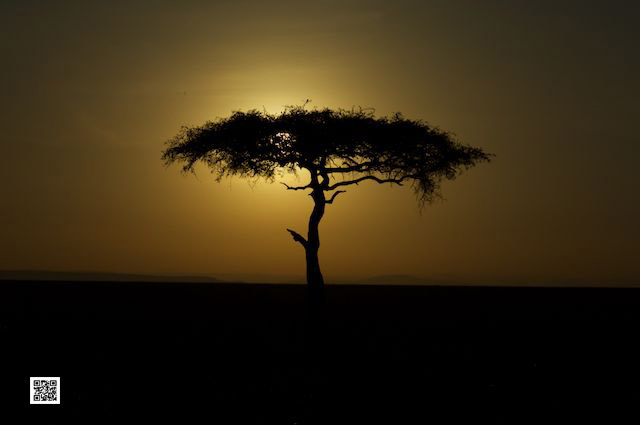
There is the wide spread idea that the people on the game drive vehicles during photographic safaris, wildlife photography courses and team building photographic safaris are doing nothing, just sitting there. And the guests themselves think the same and are completely surprised that they are so exhausted in the evening.
Physically one is not doing walking, running or climbing to really say being physically active. Yet a game drive vehicle drives on dirt roads and off road, shaking the people on it quite a bit. But this is not all. The vehicles are open and the people on them are exposed to the elements. On top of it come the intense impressions one get from watching wildlife and nature and in the evening one has really done a lot by only sitting on a car.
Unbelievable? Try it.
Happy shaking!
Ute Sonnenberg for www.rohoyachui.com
How to Win from Yourself
14/06/13 16:59 Filed in: Photo Tips
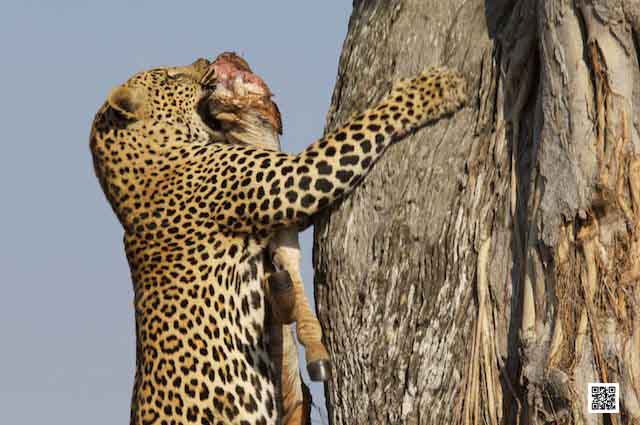
Sometimes we got this inner voice saying, lets do it next time, lets wait or not now. This voice pops up in several situations and also in photography. A standard situation for it to start talking is on game drives during photographic safaris, wildlife photography courses and team building photographic safaris.
Sitting on a game vehicle can feel like sitting on a rocking chair, not only for the rocking, but more for the feeling of dreaming away and getting to lazy to do something, even to take a photo. Everyone who had been on a game drive will know the situation that there was a wonderful photo and one was too “lazy” to make the driver stop to photograph it. It’s like being caught in a trance, with the result that the photo is gone. The photo opportunity will not come again.
The only way of doing something to get the photo is to be conscious about it and to practice. Just shout out loud when you see the photo and don’t think about what others might think. You saw it and it’s your photo. Take it.
It is actually the same when driving in a car on a motorway, with the only difference that it is often not possible to stop to take the picture. So, do it when you have the chance and definitely on safari.
Happy snapping!
Ute Sonnenberg for www.rohoyachui.com
Photographing Desert
13/06/13 16:58 Filed in: Photo Tips
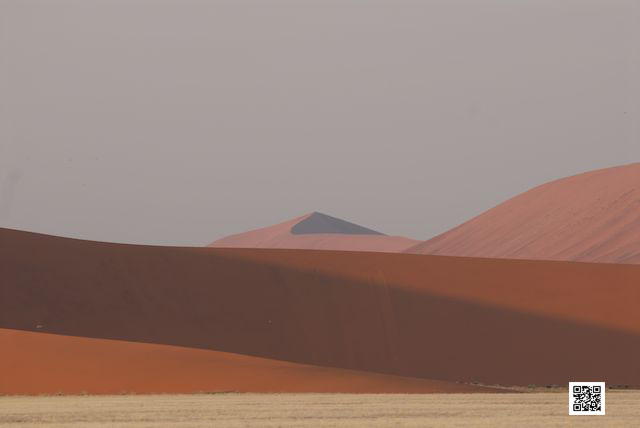
Photographing the desert is the ultimate challenge to see where one can easily think there is nothing to see. Photographic safaris, wildlife photography courses and team building photographic safaris to these places are not surprisingly the most challenging and at the same time more exciting ones.
First of all get up early. Not only the light is the best, but also the temperature is still all right. During mid-day you only want to be at the pool or sit still in the shade or well, have a nap.
Bring a macro lens, if you have. The desert offer the opportunity to photograph interesting small animals, grass, flowers, stones and as in Namibia ancient rock drawings.
Use the dramatic dimensions of the desert to put animals like a gemsbok in perspective, walking into the depth of the image.
Do, if possible a hot air balloon ride. This will offer you beautiful views on the incredible landscape of the desert. Be careful when using a wide angle lens for your landscape photography, that the distortion works out nicely.
And last but not least keep looking, although you might think there is nothing. Photographing in the desert is the art of seeing.
Happy desert snapping!
Ute Sonnenberg for www.rohoyachui.com
Do Boring Nature Photographs Exist?
12/06/13 16:57 Filed in: Wildlife Photography Courses

What would be a boring nature photograph? Pouring rain in the Serengeti or blue sky over blue ocean? I think essentially nature is never boring, we probably only fail sometimes to capture its beauty accordingly and then the image seems boring to the viewer.
Often guests on photographic safaris, wildlife photography courses and team building photographic safaris in the Masai Mara make jokes when there are no animals to see and people start taking landscape photos. “Look, he is so bored that he starts photographing landscape”. But it’s actually only a question of focus. When you are on a game drive looking out and expecting to see lion, you will not appreciate the small mongoose crossing the road. He will seem boring to you, but when you are open to see whatever the bush wants to show you, you will have an exciting game drive with lots of photographic opportunities.
The focus is probably also the key to what we see as a boring nature photograph. If we expect dramatic skies and great light, we will experience a rainy landscape as boring. But if we are just curious, we will never be bored.
Bored? Happy curious snapping?
Ute Sonnenberg for www.rohoyachui.com
What makes Wildlife Photography Special
11/06/13 16:55 Filed in: Wildlife Photography Courses

Anything is special as long as it is special to you. But with wildlife photography it seems that it is special to all. We all seem to have the need to be with nature, to connect and to be close to animals.
Especially when living in big cities going on photographic safaris, wildlife photography courses and team building photographic safaris is a way of recalibrating and reconnecting with where we come from and where we get our strength from. And the wildlife photographs we bring with us are a continues source of this energy we are craving. And if we can’t go ourselves, we at least can look at the pictures others took and tap into nature.
Wildlife photography of any kind, the little fox in the neighboring forest, the bear in Alaska or the lion in the Serengeti, is like a warm bath of nature and lightens up the day at the office or the 10th rainy miserable day in a row somewhere in England.
It just makes us smile and dream.
Happy dreaming and snapping!
Ute Sonnenberg for www.rohoyachui.com
How to Avoid Last Minute Stress
10/06/13 15:24 Filed in: Phographic Safari Tips

How do you experience being just in time before the boarding gate closes or quickly throwing your equipment in the bag before departure? Are these the circumstances you perform best? If you do, you will not feel stressed by it, but if you don’t you will most likely feel very stressed. How to avoid that?
Make a plan. Just like for any other occasion plan your photo shoot, holiday travel, photographic safaris, wildlife photography courses and team building photographic safaris. Make a to do list and set deadlines for each task. Keep some buffer time for unexpected difficulties and when traveling far make sure you have some time to rest before departure. Especially before long haul flights this is recommended.
Probably the core problem of getting stressed at the end is, that we think we still have time and then other things happen and we can’t do what we need to do. When you can do it today, do it. When you can prepare your photographic gear today instead of an hour before departure, do it today. That keeps you always ready for unforeseen events and you will not run out of time.
Ready? Happy planning and snapping!
Ute Sonnenberg for www.rohoyachui.com
ePhoto Book: Up Close
09/06/13 09:32 Filed in: Photographic Safari

These are the magical moments on photographic safaris, wildlife photography courses and team building photographic safaris when you are up close with incredible animals.
It’s like touching their souls.
Enjoy! View the ephoto book here.
Ute Sonnenberg for www.rohoyachui.com
On Photo Safari: An Impressive Experience
08/06/13 11:06 Filed in: Photographic Safari

Going on photographic safaris, wildlife photography courses and team building photographic safaris is not just going on a trip, it is something that leaves a deep impression on the guests.
Recently a lady guest from a wildlife photography course called to tell that she was with a group of friends in Uzbekistan and while they were having dinner no one spoke about the day they had in Tashkent, but only about the Namibia trip they did years before. She wanted to share how incredible it was that they all dreamed back to this safari, although they were on a lovely trip in an exciting country. The lady was very clear, there is nothing better than safaris and she will start making her whatever how many photo book just now with the images from her last safari.
Happy dreaming and snapping!
Ute Sonnenberg for www.rohoyachui.com
How Good are You with Birds?
07/06/13 10:23 Filed in: Photographic Safari

Do you have a collection of empty branches in your photo file? Your are not alone.
On a regular basis the level of frustration during photographic safaris, wildlife photography courses and team building photographic safaris rises with the ambition to photograph birds. One moment they look at you and the next moment they are gone and you didn’t even had time to raise your camera. Well, there are the rare cases of birds that reconsider and just drop back onto the branch, but this is really rare. You just got be fast and you can only accomplish that by anticipating.
We are never as fast as birds, but we can learn what in their behavior shows what they will do next. Then you just press the shutter before the take off and you will capture their take off.
Got it? Practice!
Happy bird snapping!
Ute Sonnenberg for www.rohoyachui.com
How Easily are You Distracted?
06/06/13 08:54 Filed in: Wildlife Photography Courses

We probably all know situations where the noise on the street or from the neighbors makes it impossible for us to concentrate on what we are writing or creating in other ways. We just cannot focus and get more and more annoyed and distracted from what we are doing.
These distractions can also occur on photographic safaris, team building photographic safaris and wildlife photography courses. And the source of distraction can be more than people on the same vehicle and the vehicle next to you on the sighting. Think about the weather and how comfortable you feel with it. Wind can be a very disturbing element and cold and heat too. We often identify distraction caused by people easily, but it takes us longer to identify distraction by feeling uncomfortable. We might be impatient with the situation, because we are cold and we become agitated with the photo shoot and the result is not good.
Observe it yourself. Dig deeper when you feel impatient or agitated during your photography and identify the source. Often all is solved by only putting on a jacket.
Happy comfortable snapping!
Ute Sonnenberg for www.rohoyachui.com
Do You Collaborate with Painters?
05/06/13 09:22 Filed in: Photography & Art
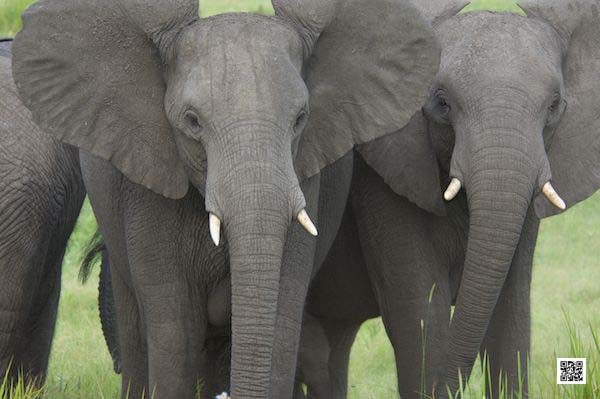
There are many talented wildlife painters out there, who don’t have the opportunity to go on photographic safaris, team building photography safaris or wildlife photography courses and they need images to paint from. Think about that when you wonder what else you could do with your photographs. Look around in your neighborhood, town or country and you will find people that would love to work with your images. And imagine how great that is to have your pictures painted.
That applies of course also to all other photographs you take at home or on holiday. It gives a new dimension beyond framed pictures and photo books. Try it!
Happy snapping and painting!
Ute Sonnenberg for www.rohoyachui.com
How to Photograph Mating Animals
04/06/13 18:16 Filed in: Photographic Safari

It is one of the highlights of photographic safaris, team building photographic safaris and wildlife photography courses to see mating lion or leopard. And fortunately when they are doing it they do it repeatedly, which gives the photographer more than one opportunity to capture the moment. But how do you capture the moment?
The most common picture of mating lion is a shot that shows exactly what’s happening. And when we come home we can’t wait to post it to the social media and to show it to everybody who wants or doesn’t want to see it. It is just one of these pictures you can say, look I was there. But you will most likely not get the idea to print it on canvas and hang it over the sofa. Its not that kind of picture. But it can be.
The photos are the most fascinating when they don’t show the act itself. For example photograph their faces, the way they look at each other, the expression they show before, while and after. These are images with strong expression and suitable for decoration in your home or as a present. They capture the moment by not showing it.
So, in general keep it mysterious and that way more interesting. Capture the essence!
Happy snapping!
Ute Sonnenberg for www.rohoyachui.com
How Patient are You?
03/06/13 08:47 Filed in: Photographic Safari

It is generally said that wildlife photography is the kind of photography where the most patience is needed. And it is definitely true that patience is essential for wildlife photography. It is always the most challenging task for the guests on photographic safaris, team building photographic safaris and wildlife photography courses. We are so used that everything goes fast. Since we use computers our time feeling has completely changed and waiting more than 2 seconds for a website to open is already too long. But wild animals are not interested in that. They don’t care that you have only one week to see the Big 5 and a Great Migration Mara River crossing and they definitely don’t care that you think you paid for it to see it. They got their own time. And it is wonderful when one can surrender to their pace, letting the rush behind and enjoying what nature has to offer. It is also only then that we see the greatest sightings and end up with fabulous photographs.
But it is not only in the bush like that. When we give ourselves the time to tune in where we are and what we want to photograph, the results are so much better and the joy too.
Be patient with yourself!
Happy snapping!
Ute Sonnenberg for www.rohoyachui.com
ePhoto Book: Samburu, Home of Enkai
02/06/13 09:30 Filed in: Photographic Safari
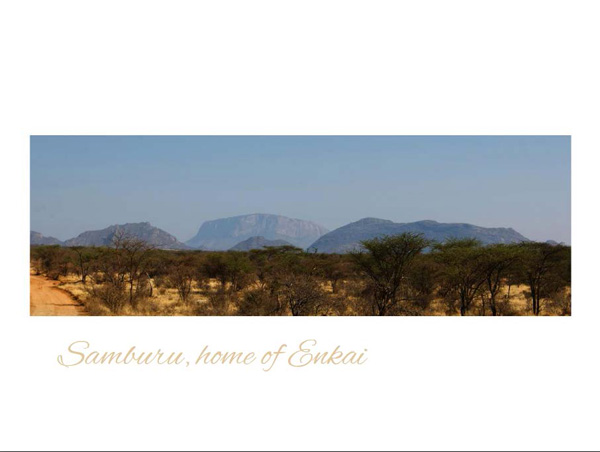
There is a magical place in the north of Kenya, for those who wish to experience a special photographic safari, wildlife photography course or team building photographic safari. This place is called Samburu National Reserve and it is the home of Enkai.
Enkai is a mountain. His top is flat like a table and it is the place where according to the Samburu tribe god lives.
See yourself this magical place. View the photo book here.
Ute Sonnenberg for www.rohoyachui.com
On Photo Safari: The Path of an Animal
01/06/13 09:03 Filed in: Photographic Safari

When people are going photographic safaris, wildlife photography courses and team building photographic safaris they get sometimes swept away in the excitement of the moment and tend to do not wise things.
There is a standard rule in the bush that you don’t get in the path of an animal. If you have a pet, you will know how it looks like when you cat is on her path to somewhere, only she knows where and how she reacts when you get in her path. This is exactly the same in the bush. As long as you are in a vehicle and you get in the path of a small animal it’s only bad for the animal and you should not do that. We are guests in their environment and should respect them. But if you are in the path of for example an elephant, the elephant will show you exactly what he thinks about that and you will hold your breath when that happens.
Long story short, just keep in mind to stay out of their path. That will not only show respect for the animals it will also result in great sightings, when the animals are showing their natural behavior, interact with each other and you might even witness a kill.
Happy snapping!
Ute Sonnenberg for www.rohoyachui.com
